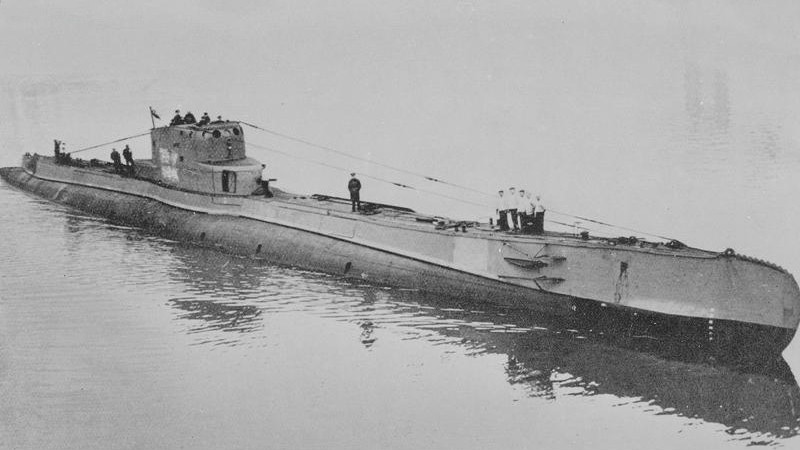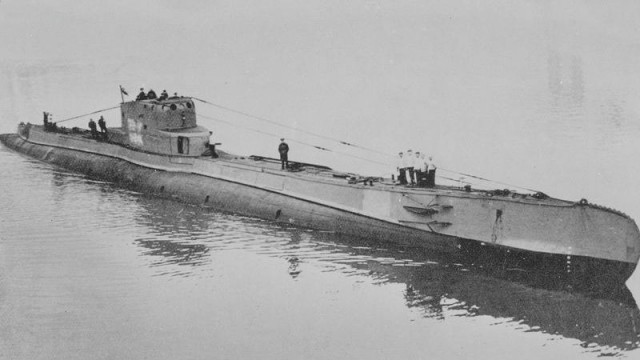There is no shortage of accounts of bravery and heroic escapes in the history of the Second World War. But there are very few stories that are shrouded in mystery and yet still amaze curious minds. One such amazing tale is the story of a Polish submarine called the ‘Orzel’ (meaning ‘eagle’).
There are many dimensions to this adventure story from WWII. First and foremost there is the successful escape from the iron fist of Nazi and Soviet controlled territories. Then, all this was managed without any charts to navigate or weapons to defend against enemies. And then, they arrived in the ranks of the Allied forces and continued to serve in the war. In the last chapter of the Orzel saga, this great symbol of heroism and bravery mysteriously disappeared in the North Sea. There were 54 crew members on board when the Orzel disappeared without a trace in the summer of 1940.
Poland has recently shown determination to start a hunt to locate the submarine in the North Sea. This could help determine its final fate.
The mission will be carried out with the help of a large British-crewed fishing boat. Polish divers will be using this ship and state-of-the-art marine research equipment to locate and possibly recover the submarine.
The leader of the hunting party, Tomasz Stachura, has said that finding the Orzel has great historic significance. He added that the story of the submarine and its crew deserves to be told in the pages of history.
Although it may not be possible to recover the whole of the submarine, the researchers are very determined to give it a try. Even if the recovery seems an impossible task, the team will have the use of the whatever equipment they need, such as robots with high-definition cameras, to study the submarine and try to get to the cause of its destruction. There have been numerous attempts in the past to find the Orzel, most recently in the 2006, but without any success.
There has always been speculation about the sudden disappearance of the Orzel, by Polish historians as well as others. One such possibility that historians are more inclined to accept is ‘friendly fire’. They suggest that the Polish submarine might have been destroyed by British minefields in the North Sea.
The adventure of the Orzel began in September 1939, when it first went operational. Not long after that it had to leave the Polish port due to the Nazi invasion of Poland. It headed towards the neutral ports of Estonia, but it was held there by the Estonian government due to increasing pressure from the Nazis. Lt. Cdr. Jan Grudzinski, who was leading the crew on the submarine, decided to put on a show of cooperation in order for them to make an escape from the Estonian ports. He managed to take the submarine into the deep water, after taking few Estonian troops hostage. They came under fire quite a few times, but Grudzinski managed to manoeuvre his way out of danger. Without any charts to help navigate, and without any weapons to defend against German and Soviet warships searching for them, the escape seemed nearly impossible. But after 44 days of hiding and travelling through the Baltic and North Sea, the Orzel made it to friendly waters.
Later on, it actively took part in the war, and became the first Polish warship to fire a torpedo at a German warship. It successfully attacked and destroyed a German troop-ship called the ‘Rio de Janeiro’ in 1940, The Independent reports.
It is hoped that this mission of locating and investigating the Orzel will meet with great success, unveiling the mystery surrounding this great war machine of the Second World War.

